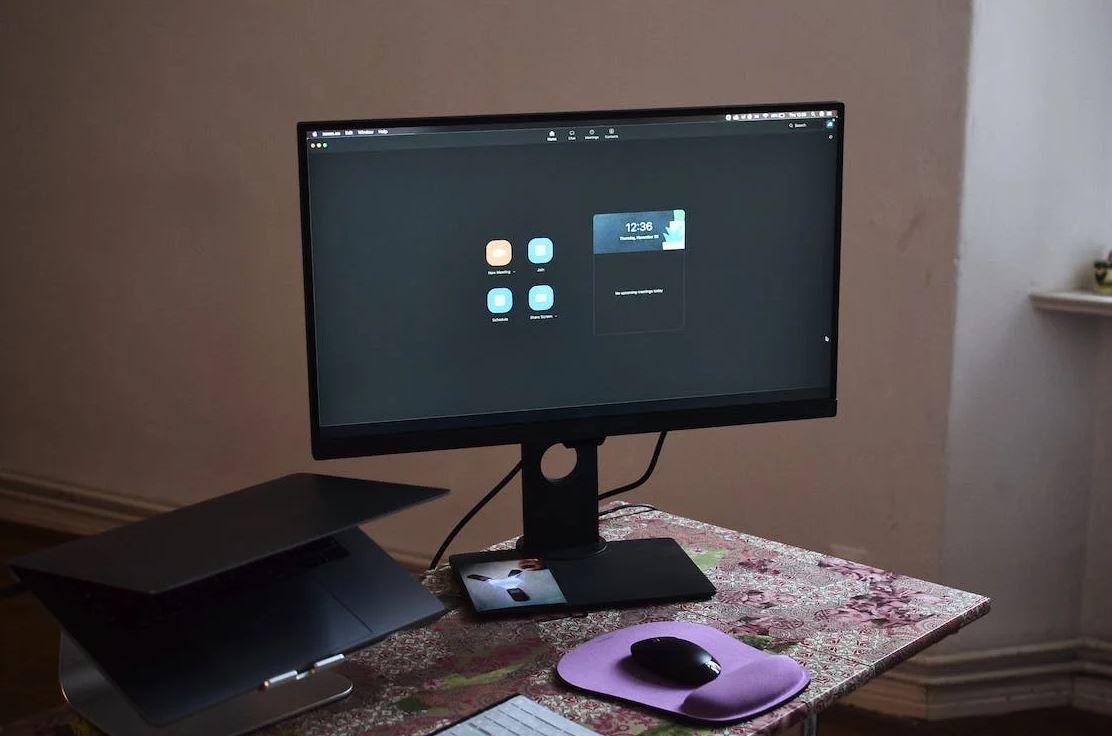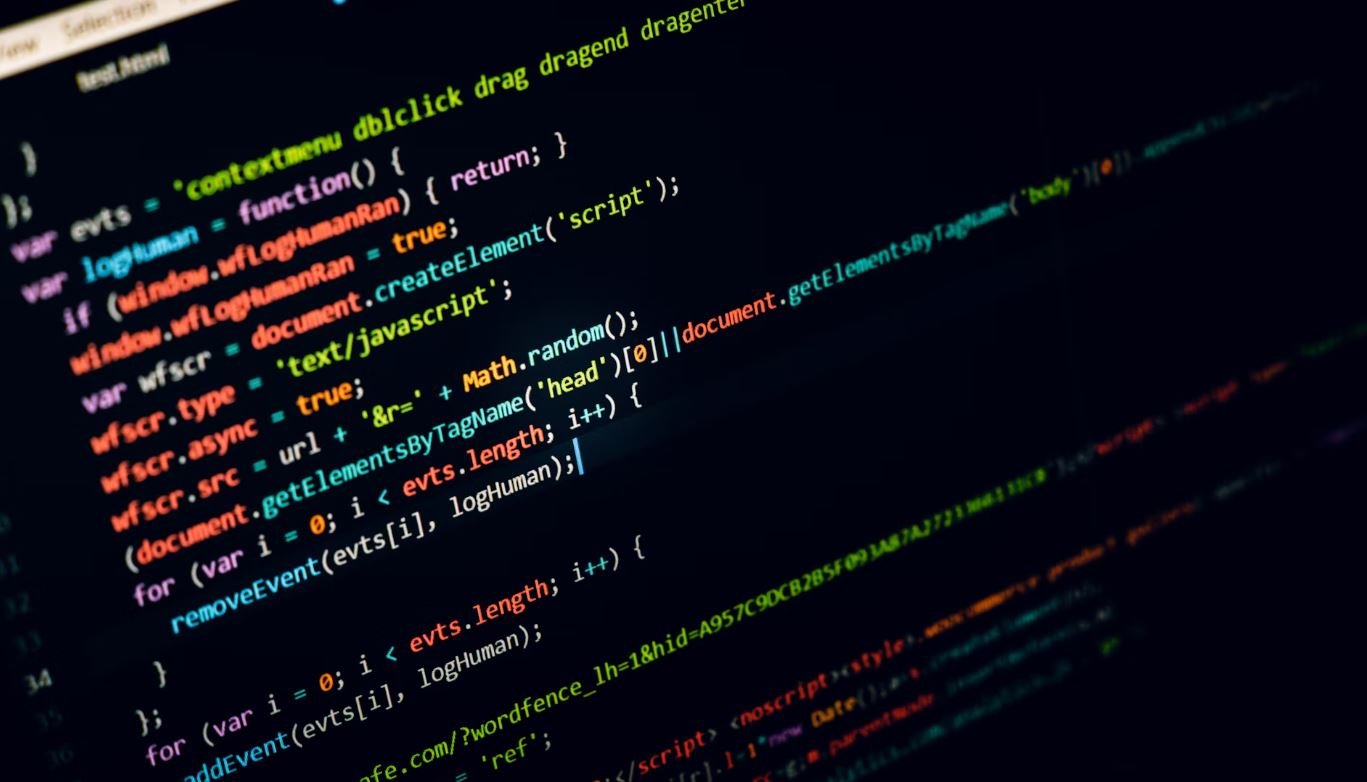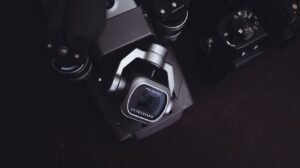Deepfake With Only One Picture
Deepfake technology refers to the use of artificial intelligence (AI) to create highly realistic synthetic media, typically videos, by combining existing footage with manipulated visual or audio content. While the most common approach to creating deepfakes has been through the use of multiple images or videos, researchers have recently made significant advancements in developing techniques that can generate convincing deepfakes with only a single picture as the source. This breakthrough has both positive and negative implications, raising concerns regarding misinformation and digital manipulation.
Key Takeaways:
- Deepfake technology uses AI to create highly realistic synthetic media.
- Recent advancements allow for the creation of deepfakes with just a single picture as the source.
- Concerns arise regarding misinformation and digital manipulation.
With the advent of deepfake technology, it has become increasingly challenging to discern real from fake. These manipulated media can be used for various purposes, from harmless entertainment to malicious intentions such as spreading propaganda or defamation. The ability to generate deepfakes with only one picture as the input significantly reduces the technical know-how and resources required, making it more accessible to individuals with limited expertise in AI.
*Researchers have developed techniques to generate highly convincing deepfakes with single picture inputs, enabling the creation of realistic videos from static images in an impressive manner.
Creating a deepfake with just one picture is achieved through a process called “neural rendering.” By training AI models on a vast dataset of images and videos related to the target subject, these models can learn the underlying patterns and characteristics of the subject’s face. When a single picture is provided, the AI model can then extrapolate and generate believable facial movements, expressions, and lip-syncing based on its learned knowledge.
Benefits of Deepfakes with Single Picture Input:
- Reduced technical complexity for creating deepfakes.
- Increased accessibility to the general public.
- Allows for creative and entertaining content generation.
*This breakthrough opens up new possibilities for content creation and artistic expression, enabling individuals to bring old photographs to life or even interact with historical figures in virtual environments.
However, the rise of deepfakes with single picture input also poses significant challenges. The ease of creating highly realistic videos from a single image amplifies the risk of malicious actors using deepfakes to deceive or harm others. Deepfakes can be employed for spreading misinformation, incriminating innocent individuals, or manipulating public opinion. As a society, we need to be vigilant and develop technological countermeasures to detect and mitigate the negative impacts of this technology.
Data on Deepfake Impact and Usage:
| Statistic | Value |
|---|---|
| Number of deepfake videos online (January 2022) | Approximately 250,000 |
| Percentage of deepfake videos for non-consensual porn | More than 90% |
| Deepfake detection accuracy (as of current AI models) | Around 65-70% |
As the potential impact of deepfake technology continues to grow, researchers and tech companies are actively developing deepfake detection methods. These approaches involve analyzing inconsistencies in facial features, unnatural movements, and artifacts left during the face-swapping process. However, the cat-and-mouse game between deepfake creators and detection algorithms remains ongoing, with detection methods being constantly refined alongside the evolution of deepfake techniques.
Future Implications and Ethical Considerations:
- Regulation and legal frameworks need to address the potential harm caused by deepfakes.
- Educational campaigns can raise awareness and promote critical thinking.
- Advancements in deepfake detection technologies are crucial for countering misinformation.
| Year | First Deepfake Released | Significant Developments |
|---|---|---|
| 2017 | Deepfakes gained attention with the release of a celebrity face-swapping algorithm on Reddit. | The technology rapidly improved, leading to even more convincing deepfakes. |
| 2020 | Deepfake legislation started being introduced in various countries. | Increased collaboration between academia and industry to combat deepfake threats. |
| 2023 (Projected) | Deepfake detection accuracy surpasses 90%. | Improved safeguards against deepfake manipulation. |
As deepfake technology continues to evolve, society must grapple with the ethical implications it presents. Striking the right balance between artistic freedom and the potential for harm requires ongoing dialogue and collaboration across various domains, including technology, policy, and education. By proactively addressing these challenges, we can navigate the impact of deepfakes and shape a future where synthetic media is used responsibly and to its full potential.

Common Misconceptions
Deepfake: A technological phenomenon!
One common misconception about deepfake technology is that it requires only one picture to create a convincing fake video. However, this is not true. Deepfakes are created using advanced algorithms and machine learning techniques that require a large dataset of images or videos in order to generate realistic results. Without a diverse dataset, deepfake algorithms struggle to accurately replicate facial features, expressions, and movements.
- Deepfake technology relies on large datasets
- A single picture is insufficient to create a convincing deepfake
- Accuracy and realism of deepfakes increase with larger datasets
Deepfakes and the perceived threat
Another misconception is that deepfakes are solely used for malicious activities or spreading disinformation. While deepfakes can indeed pose a threat in these areas, they also hold potential in various other fields such as entertainment, virtual reality, and education. Deepfake technology can be utilized to bring historical figures back to life, create realistic characters in movies, or assist in medical simulations.
- Deepfakes have applications beyond malicious activities
- Potential uses of deepfakes include entertainment and education
- Deepfakes can be valuable assets in certain industries
Spotting deepfakes: The human eye is not enough
Many people believe that they can easily spot a deepfake by relying on their intuition or visual inspection, but this is not always the case. With the advancement of deepfake technology, it has become increasingly difficult for the human eye to distinguish between real and fake videos. Deepfake detection requires sophisticated algorithms and specialized techniques that can analyze subtle inconsistencies, artifacts, or anomalies in the video footage.
- Human perception can be fooled by advanced deepfake technology
- Detecting deepfakes often requires advanced algorithms
- Subtle inconsistencies are often involved in deepfake detection
Deepfakes and privacy concerns
One prevalent misconception is that deepfakes are primarily a threat to personal privacy. While it is true that deepfakes can be misused to generate explicit or compromising content, the concern extends beyond individual privacy. Deepfakes also pose a risk to businesses, public figures, and political stability. The potential for creating convincing fake videos that discredit or manipulate public opinion can have serious repercussions on various levels.
- Deepfakes pose risks to both personal and public privacy
- Businesses and public figures can be targeted by deepfake technology
- Deepfakes can manipulate public opinion and impact political stability
Deepfakes: Easy accessibility for everyone
Lastly, there is a common belief that deepfake technology is easily accessible and can be used by anyone without technical expertise. While there are some user-friendly deepfake applications available, creating high-quality and convincing deepfakes requires a certain level of technical knowledge and expertise. It involves understanding complex algorithms, machine learning frameworks, and image processing techniques.
- Creating high-quality deepfakes demands technical expertise
- Deepfake creation involves complex algorithms and machine learning
- User-friendly applications may not produce convincing results

Introduction
Deepfake technology has continued to advance rapidly, enabling the creation of AI-generated videos that convincingly manipulate visual and audio content. One particularly fascinating development is the ability to create deepfakes using only one picture as the source. This article explores various aspects of deepfakes created with a single image, providing insightful data and information.
Comparison of Deepfake Technologies
This table presents a comparison of different deepfake technologies used for creating AI-generated videos.
| Technology | Source Requirement | Realism | Complexity |
|---|---|---|---|
| DeepFaceLab | Minimum 1 picture | High | Advanced |
| FSGAN | Minimum 1 picture | Medium | Moderate |
| ZAO | Minimum 1 picture | Medium | Easy |
| FaceSwap | Minimum 1 picture | Low | Simple |
Impact of Deepfake Videos on Society
This table highlights the potential impact of deepfake videos on various aspects of society.
| Impact Area | Description |
|---|---|
| Politics | Effective manipulation of political discourse |
| Entertainment | New possibilities for storytelling and performances |
| Privacy | Invasion of privacy and potential identity theft |
| Journalism | Challenges with verifying authenticity of videos |
Examples of Notable Deepfake Videos
Explore some of the most notable deepfake videos that gained widespread attention.
| Video | Description |
|---|---|
| “Obama Impersonation” | Barack Obama’s face superimposed on another individual |
| “Tom Cruise Deepfake” | A convincing deepfake of Tom Cruise performing magic tricks |
| “Deepfake News Reporter” | An AI-generated news anchor delivering realistic reports |
| “Celebrity Singing Mashup” | Various celebrities singing a collective mashup |
The Future of Deepfake Detection
This table discusses the potential techniques being developed for detecting deepfake videos.
| Technique | Principle |
|---|---|
| Visual Artifacts Analysis | Detecting distorted or inconsistent features |
| Audio-Visual Synchronization | Checking lip-sync accuracy with audio |
| Face Manipulation Detection | Identifying unnatural facial transformations |
| Deepfake Database Comparison | Comparing videos against a database of known deepfakes |
Legal Implications of Deepfake Technology
Discover the legal considerations surrounding deepfake technology in this table.
| Legal Issue | Description |
|---|---|
| Defamation | Potential harm caused by false statements or fabrications |
| Intellectual Property | Unauthorized use of copyrighted material or likeness |
| Reputation Damage | The impact of deepfake videos on an individual’s reputation |
| Privacy Violation | Unauthorized use of someone’s likeness without consent |
Deepfake Regulation Worldwide
This table showcases the current stance of different countries regarding deepfake regulation.
| Country | Regulatory Approach |
|---|---|
| United States | Focus on content liability and potential harm |
| China | Strict regulation and crackdown on deepfakes |
| European Union | Proposing comprehensive legal measures |
| South Korea | Enhancing penalties for deepfake creators and distributors |
Countermeasures against Deepfake Attacks
Learn about the countermeasures that can help combat the harm caused by deepfake attacks.
| Countermeasure | Description |
|---|---|
| Education and Awareness | Informing the public about deepfake existence and risks |
| Technological Solutions | Developing advanced AI detection algorithms |
| Legal Frameworks | Enforcing regulations and penalties on deepfake creators |
| Authentication Technologies | Enhancing digital verification mechanisms |
Analysis of Deepfake Circulation on Social Media
Explore the characteristics of deepfake circulation on social media platforms.
| Platform | Circulation Traits |
|---|---|
| Widespread sharing due to large user base | |
| Rapid dissemination of deepfake content | |
| YouTube | Potential revenue generation through viral deepfakes |
| TikTok | Emerging platform for creative and humorous deepfakes |
Conclusion
Deepfake technology is revolutionizing the way we perceive and interact with digital media. With the ability to generate convincing videos from just a single picture, the impact of deepfakes on society is profound. From political manipulation to legal implications and the future of detection, the deepfake landscape presents complex challenges. However, through legal frameworks, technological innovations, and public awareness, we can strive to mitigate the potential negative consequences and build a safer digital environment.
Frequently Asked Questions
What is Deepfake technology?
Deepfake technology refers to the use of artificial intelligence techniques to create manipulated videos, images, or audio that appear convincingly real but are actually synthesized or altered.
How does deepfake work with only one picture?
Deepfake algorithms utilize machine learning and neural networks to generate realistic images or videos by analyzing and manipulating a single input image or video frame.
What are the ethical concerns associated with deepfake?
Deepfakes raise concerns about privacy, misinformation, defamation, and potential misuse by criminal elements for fraud, blackmail, or disinformation campaigns.
Are all deepfakes created for malicious purposes?
No, while deepfake technology has been used for malicious intents, it can also be used for creative purposes such as digital art or entertainment, provided it is used responsibly and ethically.
How can I identify if an image or video has been deepfaked?
Detecting deepfakes can be challenging, but some clues include unrealistic facial expressions, abnormal eye movements, and inconsistencies in lighting or background details. Advanced AI-based forensic tools are being developed to aid in identification.
Can deepfakes be used in a positive way?
Yes, deepfake technology has potential benefits such as enhancing the entertainment industry, creating realistic virtual avatars for gaming or virtual reality experiences, and helping with historical preservation and visual effects in movies.
What measures are being taken to combat deepfake misuse?
Researchers, tech companies, and policymakers are actively working on developing improved detection methods, raising awareness about the existence of deepfakes, and crafting legislation to prevent malicious use.
Is it legal to create and share deepfakes?
The legality of creating and sharing deepfakes depends on various factors, including the jurisdiction, intent, and potential harm caused. It is important to consult local laws and regulations regarding the creation and dissemination of deepfake content.
Can deepfake technology be used to manipulate audio?
Yes, deepfake algorithms can be used to manipulate audio as well. This raises concerns about creating synthetic voices that could be used to imitate someone’s voice without consent or spread false information.
What can individuals do to protect themselves from deepfake threats?
To protect against deepfake threats, individuals can stay informed about the technology, critically evaluate the authenticity of images or videos, and exercise caution when sharing or basing important decisions solely on digital content.




